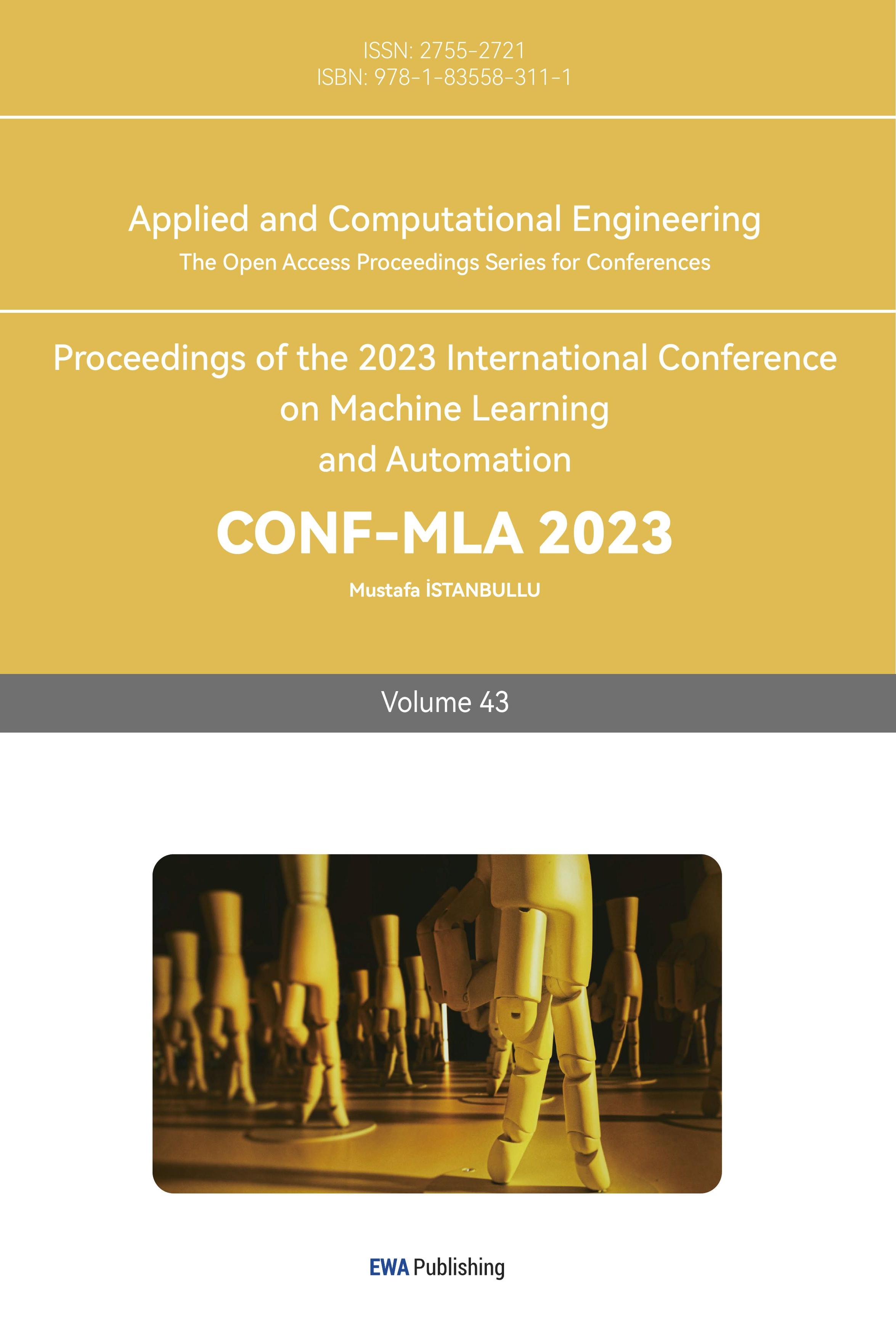References
[1]. Deterding, S., Dixon, D., Khaled, R., & Nacke, L. (2011). From game design elements to gamefulness: defining "gamification". Proceedings of the 15th International Academic MindTrek Conference: Envisioning Future Media Environments. https://dl.acm.org/doi/abs/10.1145/2181037.2181040
[2]. Hamari, J., Koivisto, J., & Sarsa, H. (2014). Does gamification work?--a literature review of empirical studies on gamification. 2014 47th Hawaii International Conference on System Sciences. https://ieeexplore.ieee.org/abstract/document/6758978
[3]. Caponetto, I., Earp, J., & Ott, M. (2014). Gamification and education: A literature review. European Conference on Games Based Learning. https://books.google.com/books?hl=zh-CN&lr=&id=IedEBQAAQBAJ&oi=fnd&pg=PA50
[4]. Rigby, S., & Ryan, R. M. (2011). Glued to games: how video games draw us in and hold us spellbound. Greenwood Press.
[5]. University, S. D. N., Deterding, S., University, N., University, A. C. N., Canossa, A., University, C. H. N., Harteveld, C., University, S. C. N., Cooper, S., Lennart E. Nacke University of Ontario Institute of Technology, Nacke, L. E., University of Ontario Institute of Technology, Jennifer R. Whitson University of Waterloo, Whitson, J. R., Waterloo, U. of, Huawei, University, Y., Research, M., Kaist, & Metrics, O. M. A. (2015, April 1). Gamifying Research: Proceedings of the 33rd Annual ACM Conference Extended Abstracts on Human Factors in Computing Systems. ACM Conferences. https://dl.acm.org/doi/abs/10.1145/2702613.2702646
Cite this article
Zhi,X. (2024). Gameful interaction: How principles of game design can be applied to enhance user experiences in non-game applications. Applied and Computational Engineering,43,174-179.
Data availability
The datasets used and/or analyzed during the current study will be available from the authors upon reasonable request.
Disclaimer/Publisher's Note
The statements, opinions and data contained in all publications are solely those of the individual author(s) and contributor(s) and not of EWA Publishing and/or the editor(s). EWA Publishing and/or the editor(s) disclaim responsibility for any injury to people or property resulting from any ideas, methods, instructions or products referred to in the content.
About volume
Volume title: Proceedings of the 2023 International Conference on Machine Learning and Automation
© 2024 by the author(s). Licensee EWA Publishing, Oxford, UK. This article is an open access article distributed under the terms and
conditions of the Creative Commons Attribution (CC BY) license. Authors who
publish this series agree to the following terms:
1. Authors retain copyright and grant the series right of first publication with the work simultaneously licensed under a Creative Commons
Attribution License that allows others to share the work with an acknowledgment of the work's authorship and initial publication in this
series.
2. Authors are able to enter into separate, additional contractual arrangements for the non-exclusive distribution of the series's published
version of the work (e.g., post it to an institutional repository or publish it in a book), with an acknowledgment of its initial
publication in this series.
3. Authors are permitted and encouraged to post their work online (e.g., in institutional repositories or on their website) prior to and
during the submission process, as it can lead to productive exchanges, as well as earlier and greater citation of published work (See
Open access policy for details).
References
[1]. Deterding, S., Dixon, D., Khaled, R., & Nacke, L. (2011). From game design elements to gamefulness: defining "gamification". Proceedings of the 15th International Academic MindTrek Conference: Envisioning Future Media Environments. https://dl.acm.org/doi/abs/10.1145/2181037.2181040
[2]. Hamari, J., Koivisto, J., & Sarsa, H. (2014). Does gamification work?--a literature review of empirical studies on gamification. 2014 47th Hawaii International Conference on System Sciences. https://ieeexplore.ieee.org/abstract/document/6758978
[3]. Caponetto, I., Earp, J., & Ott, M. (2014). Gamification and education: A literature review. European Conference on Games Based Learning. https://books.google.com/books?hl=zh-CN&lr=&id=IedEBQAAQBAJ&oi=fnd&pg=PA50
[4]. Rigby, S., & Ryan, R. M. (2011). Glued to games: how video games draw us in and hold us spellbound. Greenwood Press.
[5]. University, S. D. N., Deterding, S., University, N., University, A. C. N., Canossa, A., University, C. H. N., Harteveld, C., University, S. C. N., Cooper, S., Lennart E. Nacke University of Ontario Institute of Technology, Nacke, L. E., University of Ontario Institute of Technology, Jennifer R. Whitson University of Waterloo, Whitson, J. R., Waterloo, U. of, Huawei, University, Y., Research, M., Kaist, & Metrics, O. M. A. (2015, April 1). Gamifying Research: Proceedings of the 33rd Annual ACM Conference Extended Abstracts on Human Factors in Computing Systems. ACM Conferences. https://dl.acm.org/doi/abs/10.1145/2702613.2702646









